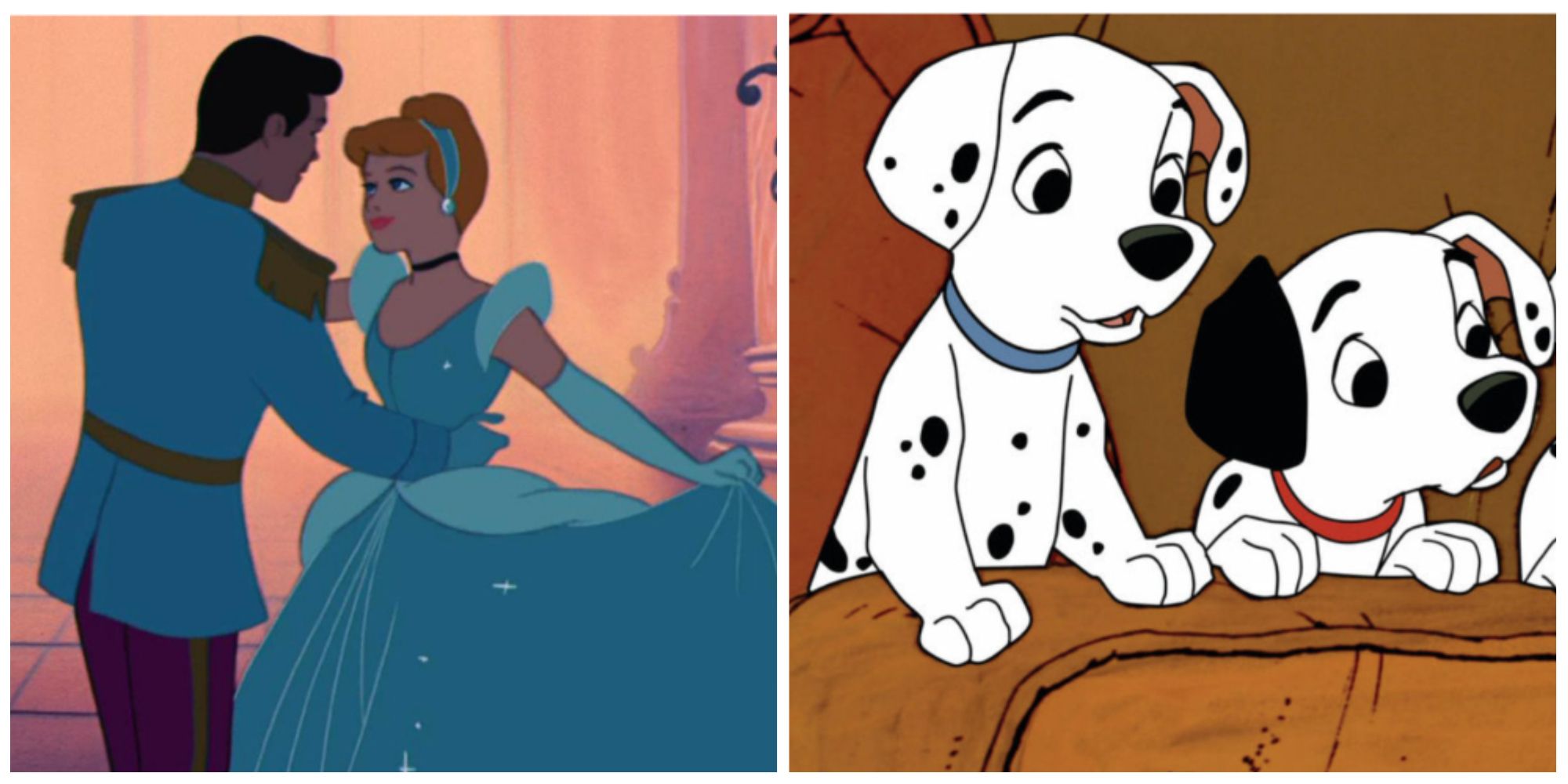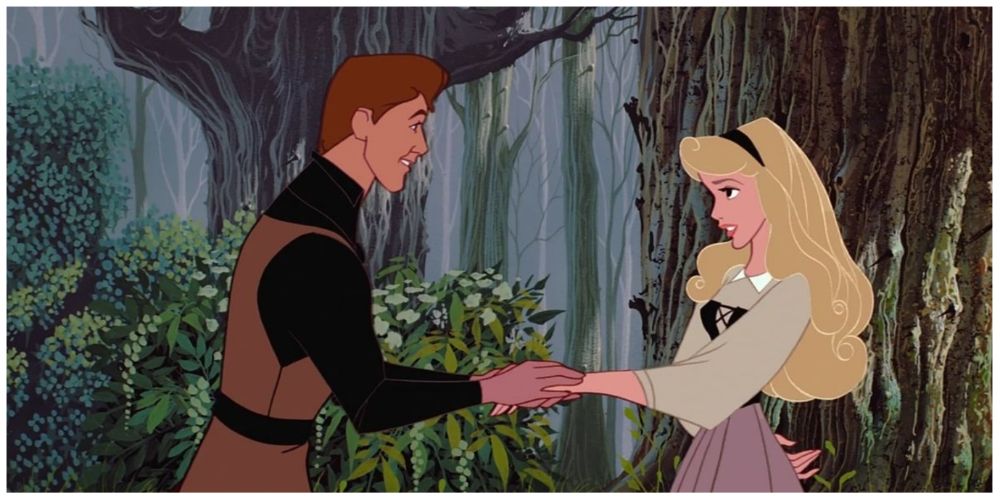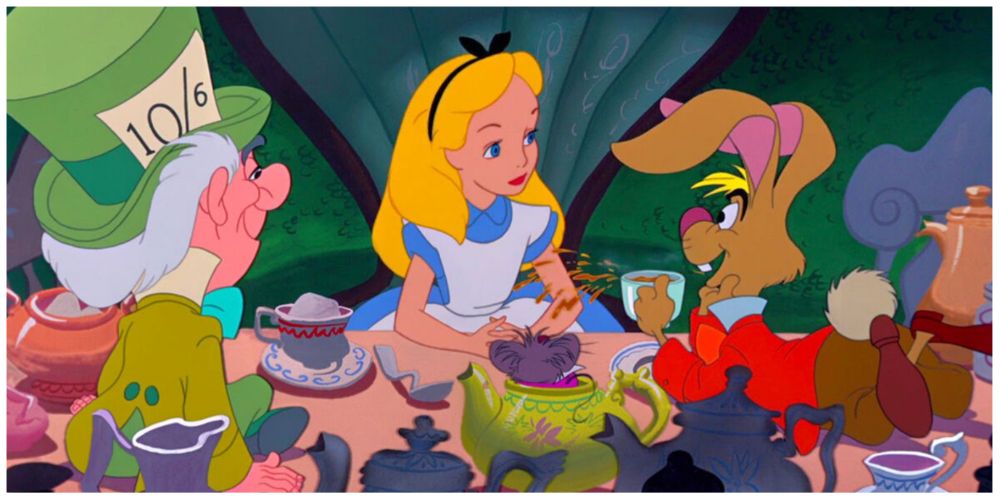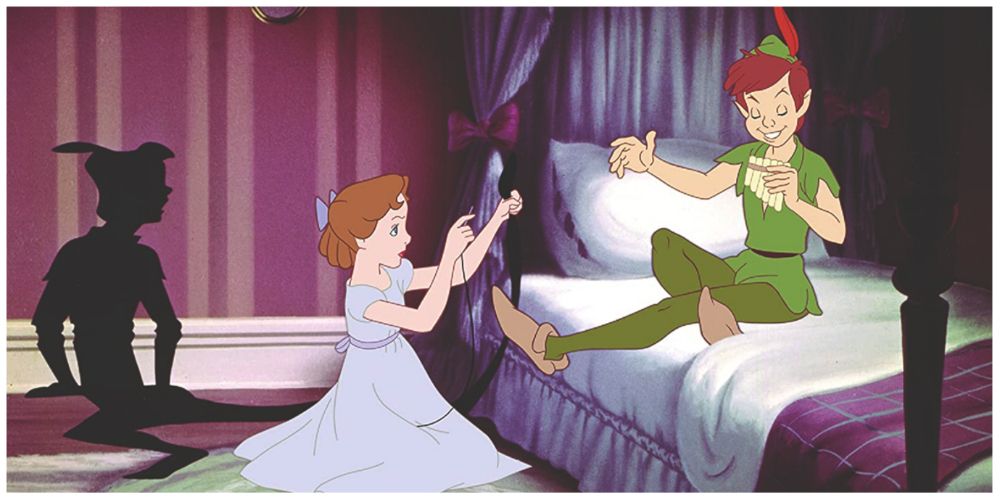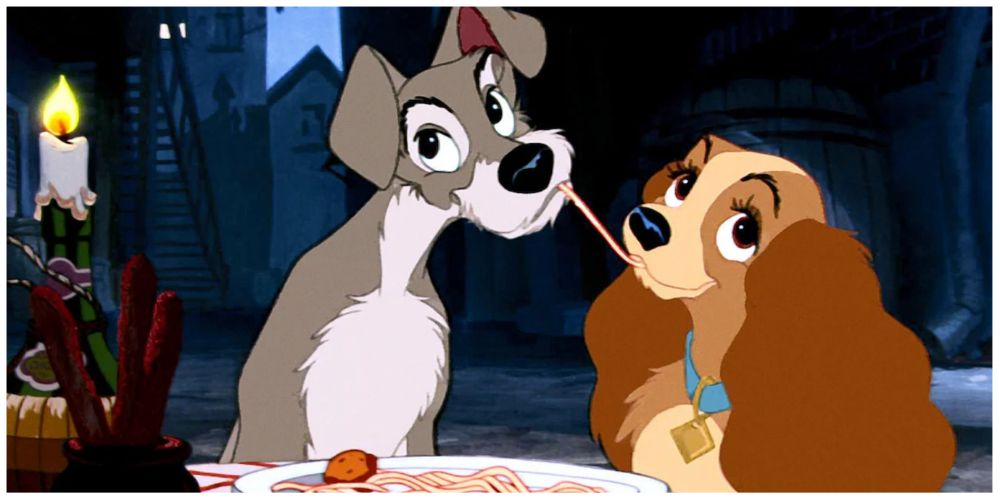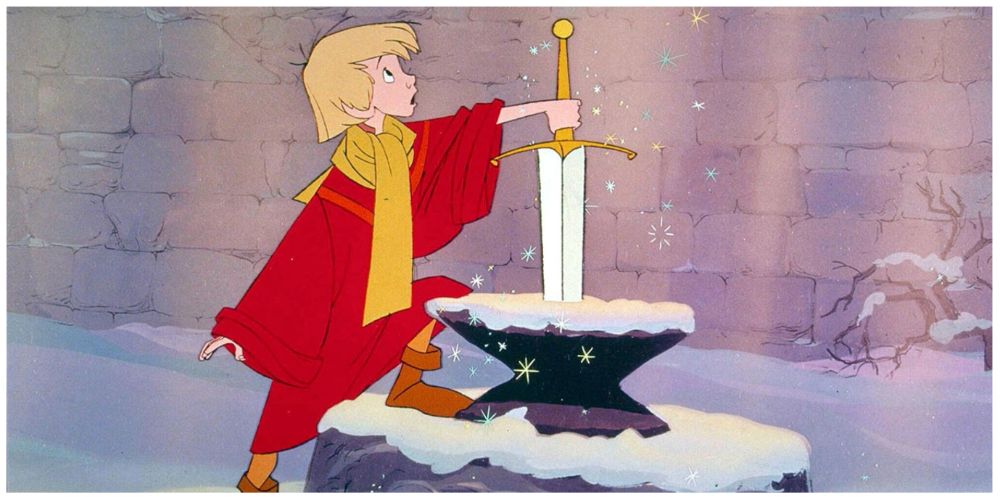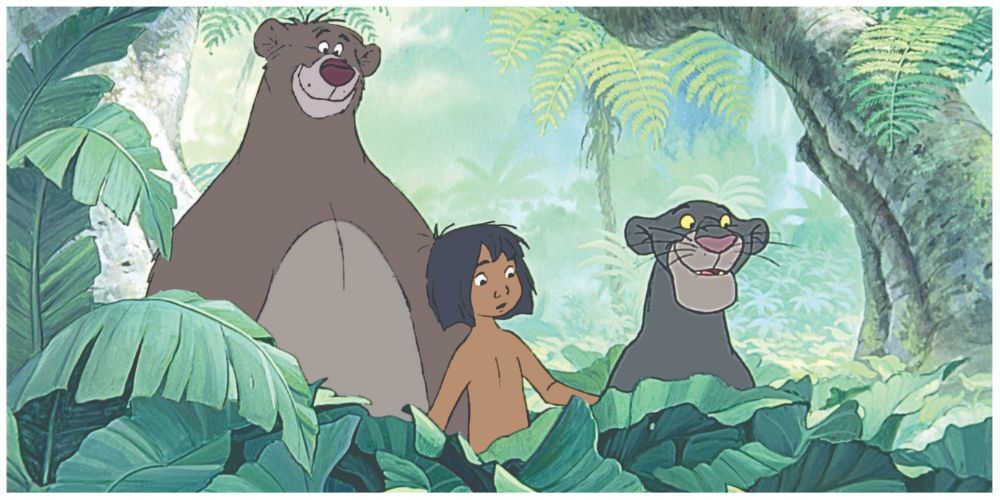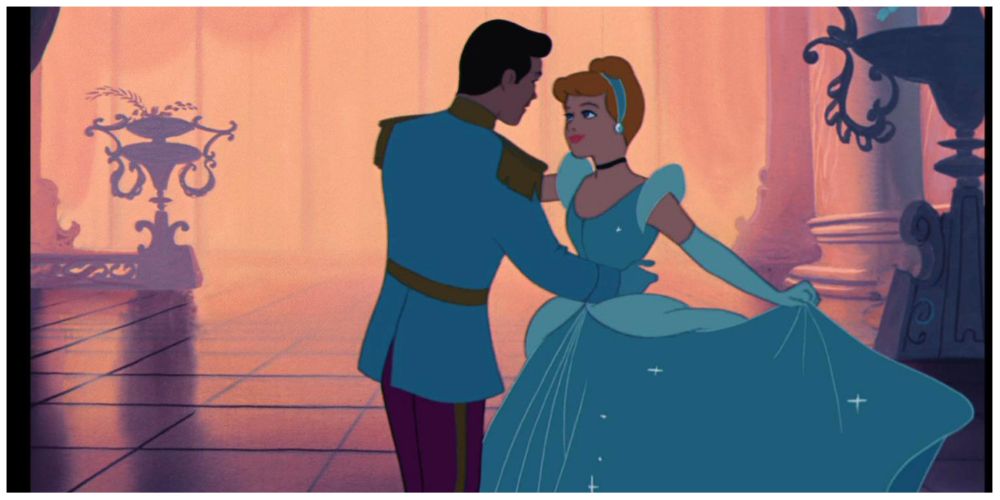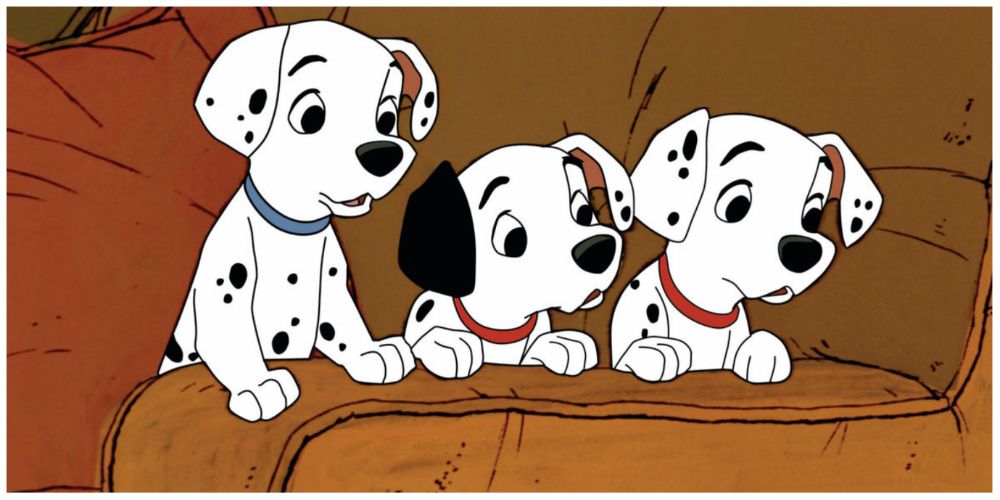The Walt Disney Animation Studios has had ups and downs like any other company. In the 1930s, Walt Disney had the idea to make a feature-length animated film. He was mocked and ridiculed until Snow White and the Seven Dwarfs was released and became a critical and commercial success. That led to a shift in the animation studio's focus.
Disney has experienced several eras of animation since that first theatrical release in 1937. The Silver Age of Animation ran from 1950 until 1967. The Silver Age features eight films and covers Disney's return to feature-length animation following World War II up to the death of Walt Disney.
8 Sleeping Beauty
The final film of the 1950s represented a drastic change in animation styles for Disney. The films of the 1950s looked sleek and stylish, and that may not be any more evident than in Sleeping Beauty. But that sleek look cost a lot of money and that created a financial problem for the studio when Sleeping Beauty failed to make a profit.
On top of financial issues, Aurora is one of the weaker title characters in the Disney canon. She has 18 lines of dialogue total. She's born and taken away from home. She is raised and pricks her finger falling into a deep sleep. It's no wonder the live action version focused on the villain, Maleficent, rather than the original title character.
7 Alice In Wonderland
The second film of Disney's Silver Age provides a contrast from the film that immediately preceded it. Disney has always been fond of the stories of Alice making animated shorts starring her in the 1920s. But her first feature film adventure is polarizing.
The episodic nature of Alice in Wonderland can be enjoyable with a clear beginning and end to each segment of the film. But that same nature makes it feel like a group of shorts put together rather than a true feature-length narrative.
6 Peter Pan
This film presents conflicting feelings in many viewers. The story of Peter Pan is iconic. The boy who never grew up and recruited Wendy, Michael and John to join him and the lost boys in Neverland has been told throughout the ages. However, the film features some less than stellar depictions, especially during the song What Makes The Red Man Red.
The animation is beautiful, and the overall story of Peter Pan fighting Captain Hook while Wendy, Michael and John have an adventure before Wendy has to grow up and leave the nursery is still wonderful. But this film, more than most in the Disney canon, needs an update.
5 Lady And The Tramp
In terms of story, Lady and the Tramp may actually have the weakest of any Silver Age film. There's not a lot to it other than Lady being put outside by Aunt Sarah and going on adventures with the Tramp. The climax where the rat is about to attack the baby until Tramp steps in has been called overblown and unnecessary conflict.
But, it's still a cute love story for dogs with an iconic pasta scene. Bella Notte stands out as one of the most recognizable songs in the Disney canon. The film is clearly a product of the 1950s, but that's part of its lasting charm.
4 The Sword In The Stone
As the calendar flipped from the 50s to the 60s, Disney changed its animation style. Rather than the sleek, hand-drawn style of the 50s, Disney switched to a Xerox style that was cheaper to make but looked a little scratchy. One of the first films to incorporate the Xerox style was The Sword In The Stone.
Meant as Disney's take on the adventures of King Arthur, this film is a bit odd in places. The titular sword in the stone doesn't show up until the final ten minutes of the movie. Most of the film is Arthur being an apprentice to Merlin until he is made a squire. The adventures can be funny and enjoyable, but it was an odd choice even by 1960s standards. Plus, it has one of the weirdest villains in all of Disney. Still, when it hit, it hit.
3 The Jungle Book
The Silver Age of Animation ended on a strong note. The Jungle Book is the final film that Walt Disney personally worked on as it was in post-production when he died in 1966 and released in 1967, a year after his passing. It gives us a fun take on Rudyard Kipling's story and provides some of the best music from the Sherman Brothers.
It features two different kinds of villains. There is Shere Khan who is correct that Mowgli presents a threat to the jungle but is incorrect in how he addresses the situation. Then, there's Kaa who is only acting in the nature of a constrictor and not really villainous, just hungry.
2 Cinderella
Disney entered its Silver Age of Animation with one of the most iconic films in the entire Disney canon. Cinderella brought back the feature-length animation with another legendary fairy tale that most people know, but Disney brought a certain magic that helps this film endure more than 70 years later.
The scene where the Fairy Godmother transforms Cinderella's dress has been noted as Walt Disney's favorite animated scene of all time. Seven decades later and kids still sing Bippity-Boppity Boo. It's hard to argue about that something special that went into Cinderella.
1 101 Dalmatians
This film has some controversial beginnings but has still managed to stand the test of time. It was the first film animated in the Xerox style and Walt Disney famously hated it, because it wasn't sleek. But the studio was struggling following the financial failure of Sleeping Beauty and something needed to change.
While the animation may have been questionable, the story is still strong and Cruella de Ville is recognized as one of the most evil villains Disney has ever introduced. The studio was in dire straights and needed a strong film and 101 Dalmatians delivered.

